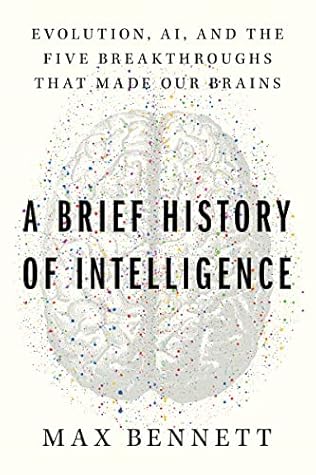More on this book
Community
Kindle Notes & Highlights
Read between
January 20 - January 22, 2025
DNA had officially become life’s blueprint, ribosomes its factory, and proteins its product.
Respiratory microbes differed in one crucial way from their photosynthetic cousins: they needed to hunt. And hunting required a whole new degree of smarts.
Gastrulation, neurons, and muscles are the three inseparable features that bind all animals together and separate animals from all other kingdoms of life.
There is another observation about bilaterians, perhaps the more important one: They are the only animals that have brains. This is not a coincidence. The first brain and the bilaterian body share the same initial evolutionary purpose: They enable animals to navigate by steering. Steering was breakthrough #1.
Dopamine is not a signal for pleasure itself; it is a signal for the anticipation of future pleasure.
Berridge proved that dopamine is less about liking things and more about wanting things.
serotonin is the satiation, things-are-okay-now, satisfaction chemical, designed to turn off valence responses.
The second breakthrough was reinforcement learning: the ability to learn arbitrary sequences of actions through trial and error.
Dopamine is not a signal for reward but for reinforcement. As Sutton found, reinforcement and reward must be decoupled for reinforcement learning to work. To solve the temporal credit assignment problem, brains must reinforce behaviors based on changes in predicted future rewards, not actual rewards.
the bigger the neocortex of a primate, the bigger its social group.


